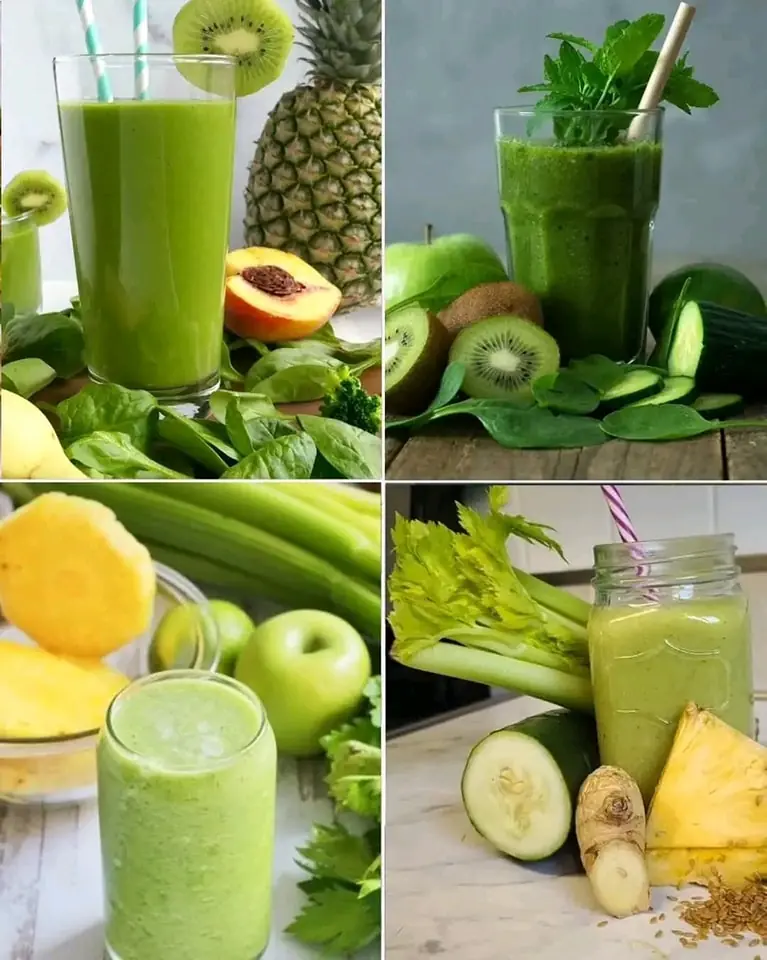
How to Grow Carrots at Home in Containers Starting with a Single Carrot

Growing carrots at home can be a rewarding and enjoyable experience, especially when you start with just a single carrot. Whether you’re a beginner or an experienced gardener, cultivating carrots in containers is a simple process that allows you to grow fresh, homegrown produce even in small spaces. In this guide, we will walk you through the steps to successfully grow carrots in containers, starting with just one carrot.
Why Grow Carrots in Containers?
Carrots are traditionally grown in the ground, but container gardening offers many benefits, especially for those with limited space or poor soil conditions. Here are a few reasons why growing carrots in containers is a great idea:
-
Space Efficiency: Containers are perfect for those living in apartments or homes with limited garden space.
-
Control Over Soil Quality: You can control the type of soil you use, which ensures optimal growing conditions.
-
Easy Harvesting: With containers, it’s easier to monitor and harvest your carrots without bending or kneeling.
Materials Needed
Before starting, gather the following materials:
-
A container: Choose a deep container that is at least 12 inches deep to allow the carrot roots to grow fully. A large pot, bucket, or planter works well.
-
Carrot top: You can start with a single carrot from the grocery store. Look for one with a fresh green top.
-
Water: Regular watering is crucial for growing carrots.
-
Soil: Use a well-draining, loose potting mix for optimal root development.
-
Fertilizer: Carrots need nutrients to grow, so consider a balanced fertilizer to promote healthy growth.
Step-by-Step Process
Step 1: Prepare the Carrot Top
Start with a single carrot that has a healthy green top. If your carrot top is small or wilted, choose a fresher one. To propagate it:
-
Cut the top of the carrot, leaving about 1-2 inches of the root attached to the green tops.
-
Place the carrot top in a shallow dish with just enough water to cover the root. Ensure the green tops are above the water line.
-
Leave the dish in a sunny location for a few days. You should start seeing small roots form at the base of the carrot top, and the green tops will begin to sprout new growth.
Step 2: Prepare the Container
While the carrot top is growing roots, prepare the container:
-
Choose a container that is at least 12 inches deep to allow room for the carrot roots to grow.
-
Fill the container with a well-draining potting mix. You can add some compost to improve the soil’s fertility.
-
Make sure the container has drainage holes to prevent water from accumulating at the bottom, which could lead to root rot.
Step 3: Plant the Carrot Top
Once the carrot top has developed roots, it’s time to plant it:
-
Gently plant the carrot top into the prepared container with the green tops sticking out above the soil surface.
-
Ensure that the roots are well-covered with soil, and water the soil lightly.
-
Keep the container in a spot with plenty of indirect sunlight. Carrots prefer cooler temperatures, so place them in a location where they can receive sunlight but are not exposed to extreme heat.
Step 4: Water Regularly
Carrots need consistent moisture to grow. Make sure the soil is kept moist but not soggy. Water the container every few days, depending on the temperature and humidity in your area. The soil should be damp to the touch, but not waterlogged.
Step 5: Maintain the Carrot Plant
As the carrot top grows, it will begin to develop new roots. Over time, the carrot root will start to form and enlarge, pushing deeper into the soil. It’s important to:
-
Thin out excess growth: If there are too many small carrots sprouting, thin them out to give each carrot room to grow.
-
Fertilize occasionally: Use a balanced fertilizer once every month or two to provide the necessary nutrients for growth.
-
Keep the soil loose: Use a small fork or hand tool to gently loosen the soil around the carrot to allow for healthy root development.
Step 6: Harvesting
Carrots generally take about 60-80 days to fully grow, depending on the variety and environmental conditions. When the carrots are mature, you can harvest them:
-
Gently loosen the soil around the base of the carrot using a hand fork or gardening tool.
-
Pull the carrot up carefully by the green tops. If the carrot is too large, you may need to dig around the base to free it from the soil.
-
Remove any excess soil from the carrot and wash it thoroughly.
Tips for Growing Carrots in Containers:
-
Choose the right variety: Some carrot varieties, such as "Little Finger" or "Thumbelina," are perfect for growing in containers because they are smaller and have a more compact growth habit.
-
Ensure good drainage: Containers need to have drainage holes to prevent the soil from becoming waterlogged.
-
Rotate crops: After harvesting, rotate crops to avoid depleting the soil of nutrients.
-
Avoid root crowding: Give each carrot enough space to develop by thinning out the seedlings.
Conclusion
Growing carrots in containers from a single carrot is a fun and easy way to enjoy fresh, homegrown produce. By following these simple steps and maintaining consistent care, you can harvest your own delicious carrots in the comfort of your home, even in small spaces. Happy gardening!
News in the same category


The husband slapped his wife in front of his friends to show off — but her act of revenge left everyone shocked and speechless

10 Clever Ways to Reuse Lemon Seeds at Home
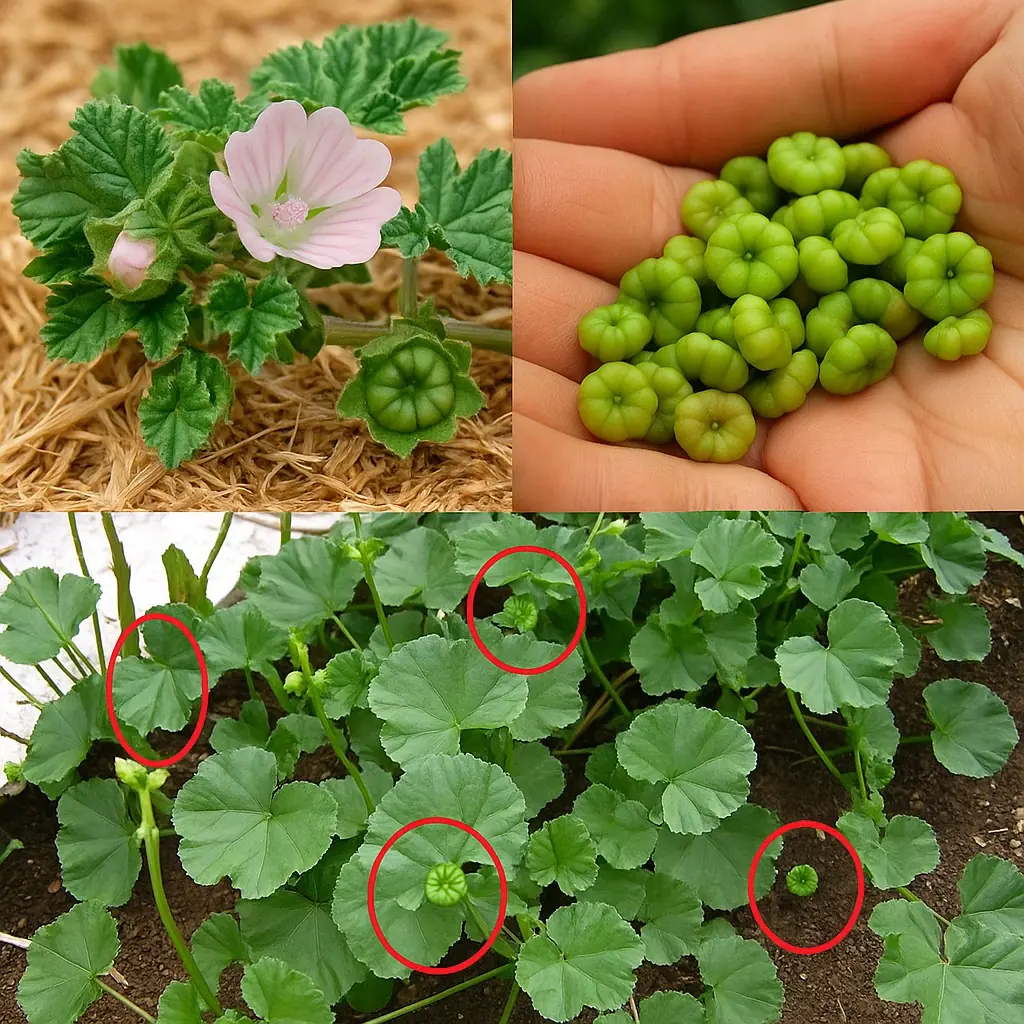
Unlocking the Secret Health Benefits of Common Mallow: Nature’s Wonder Herb for Wellness
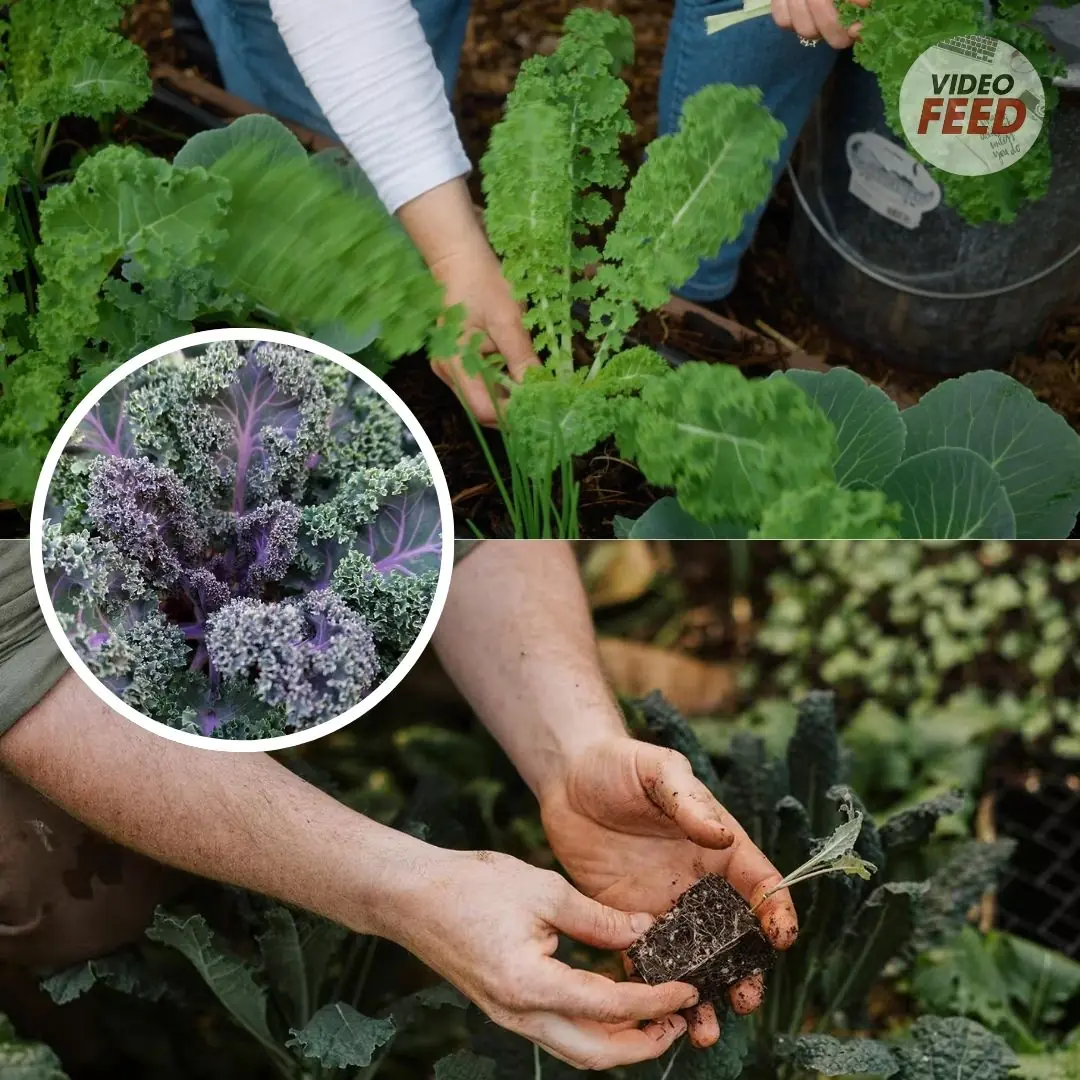
Growing Kale: Planting, Care, and Harvesting Tips
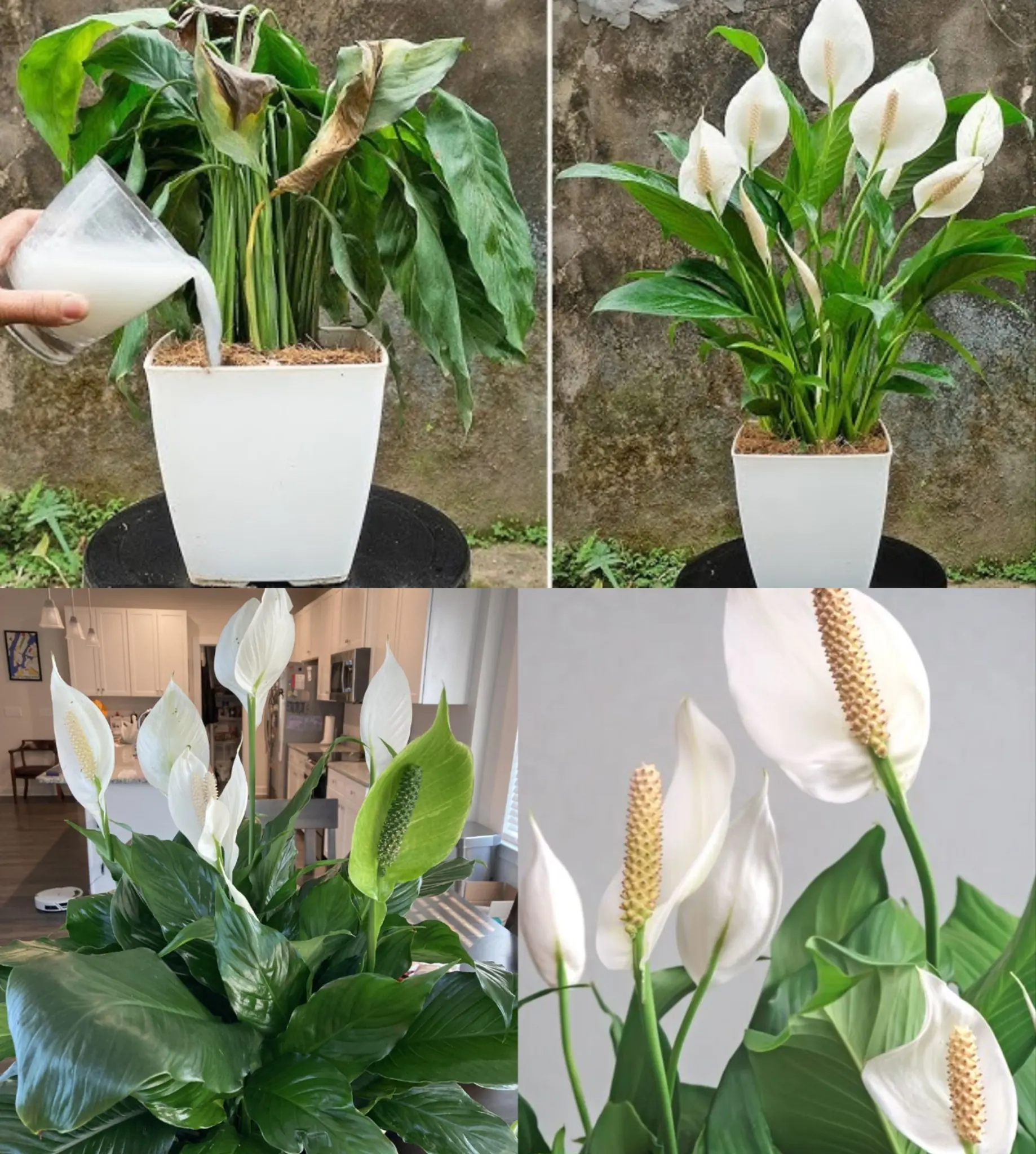
Just 1 Cup Makes Peace Lilies Bloom with So Many Flowers
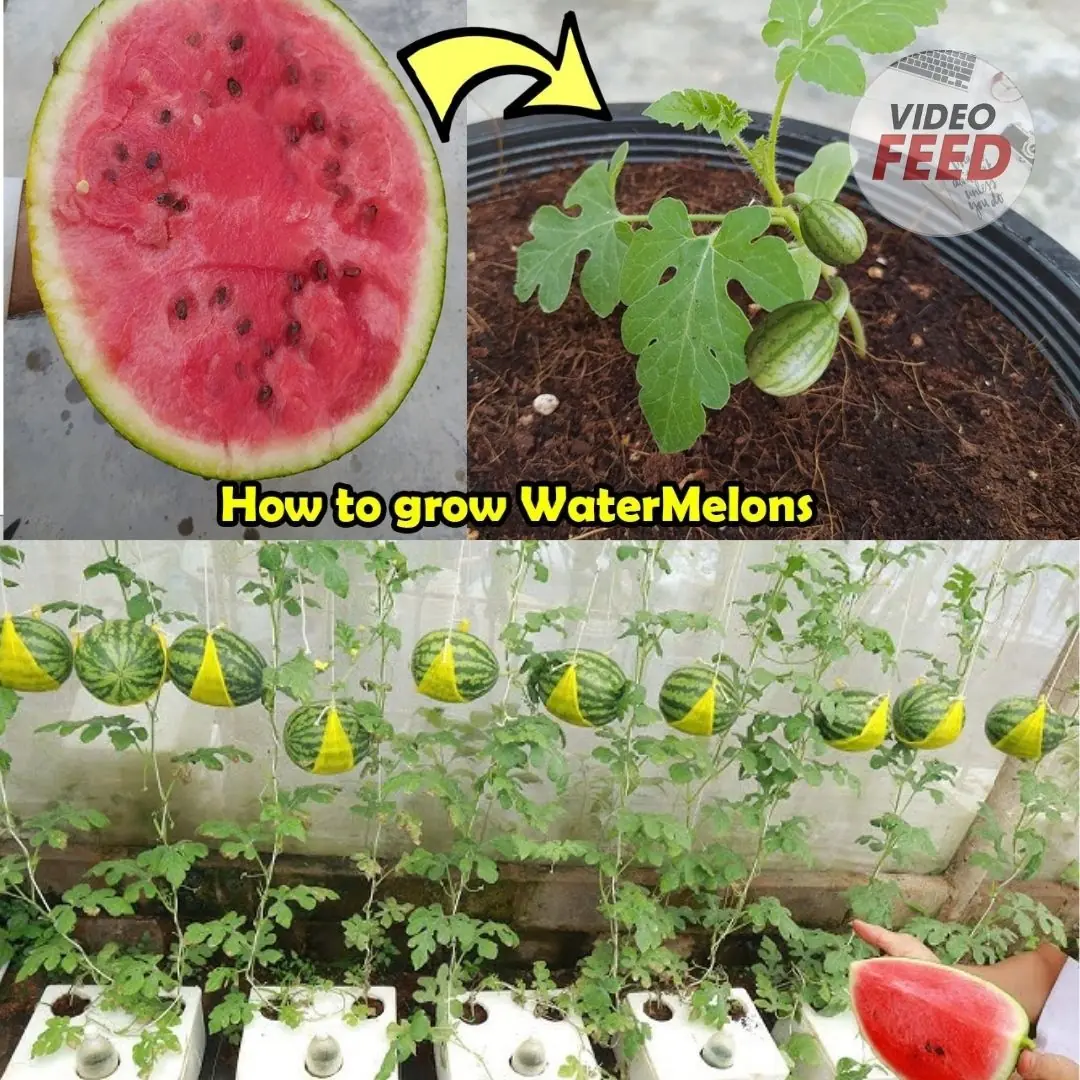
How to Grow Watermelons at Home: A Guide for Small Spaces & Balconies
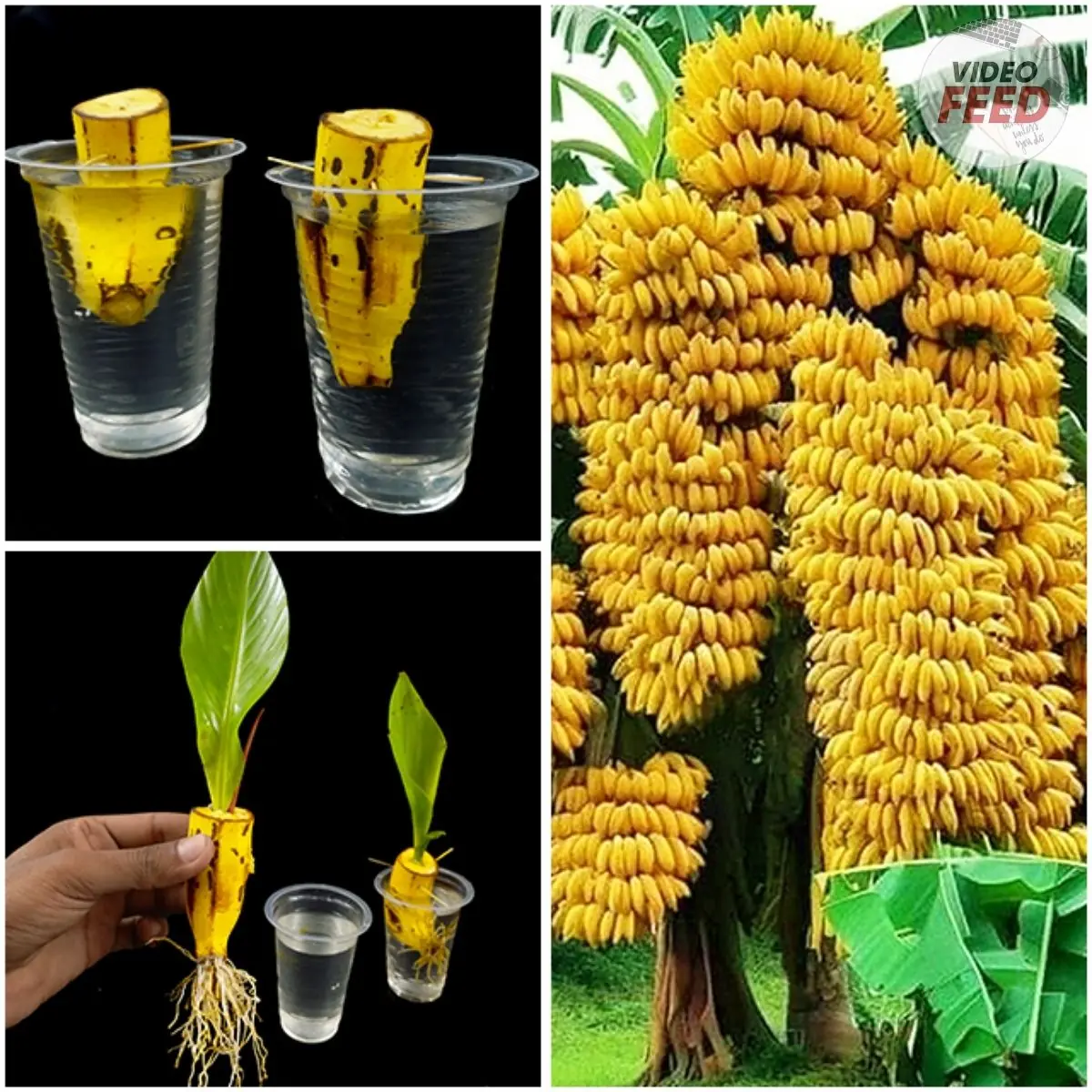
How to Grow a Banana Tree at Home and Never Buy Bananas Again
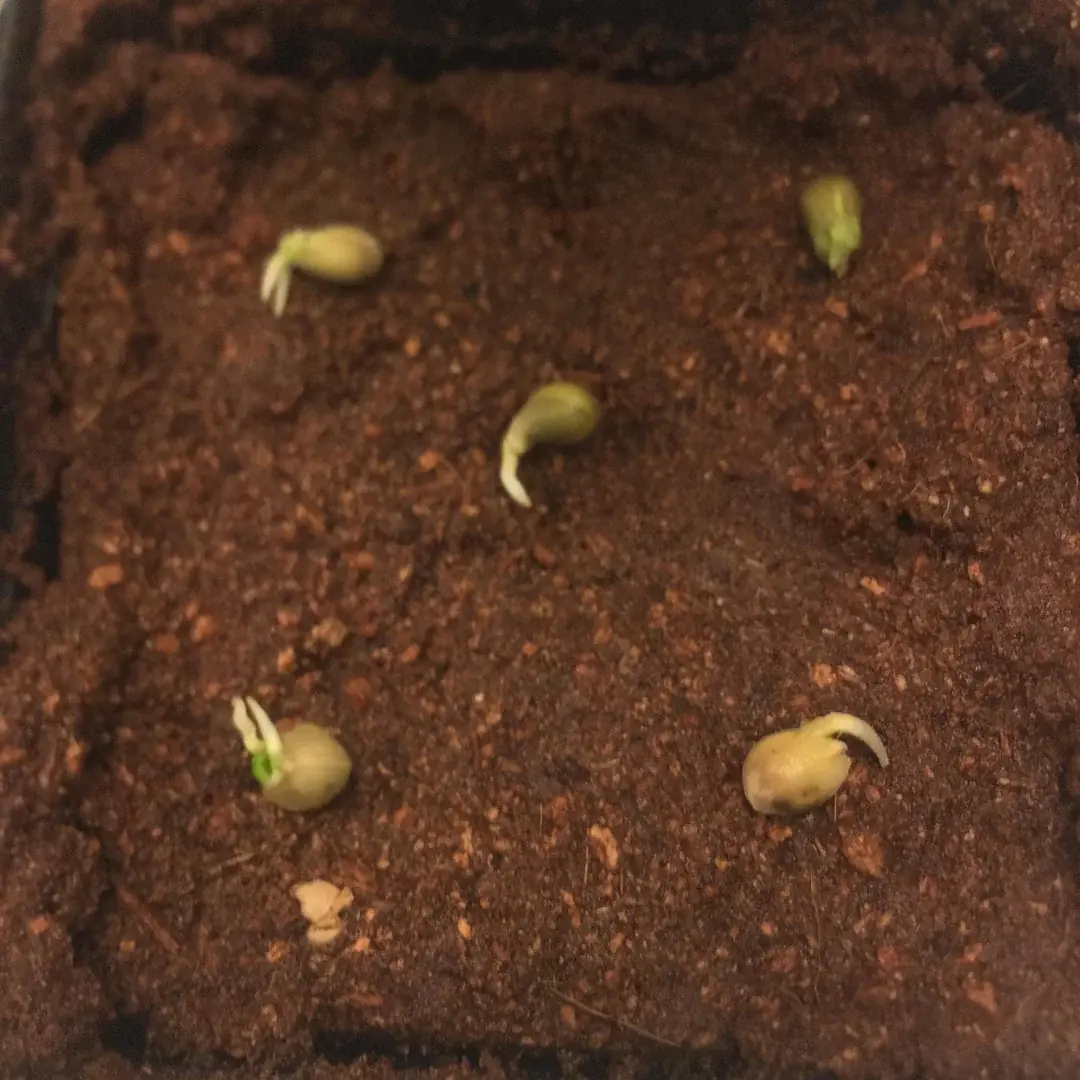
Here’s How to Grow Calamansi at Home — No Farm Needed
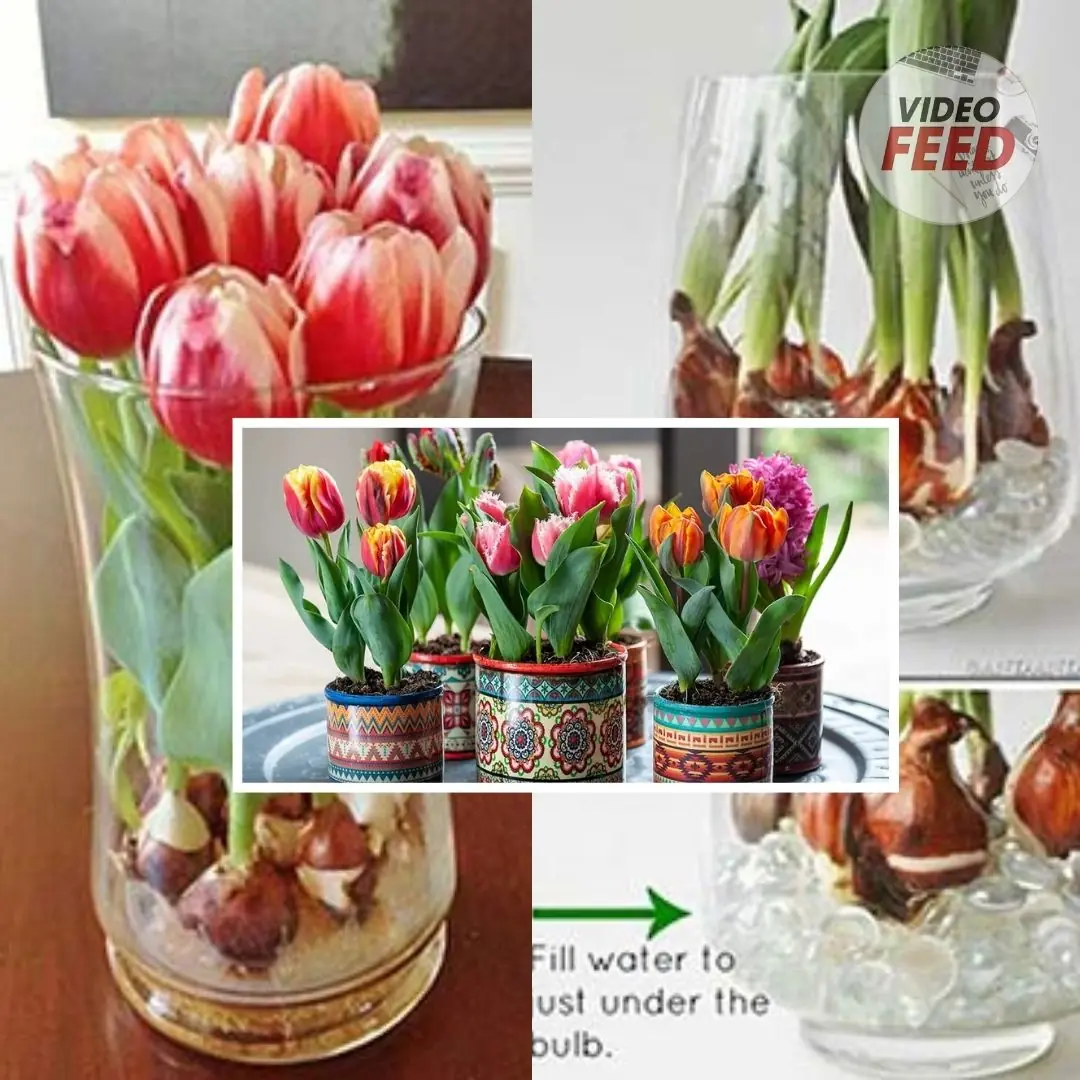
How to grow tulips indoors – a step-by-step guide to forcing these beautiful bulbs
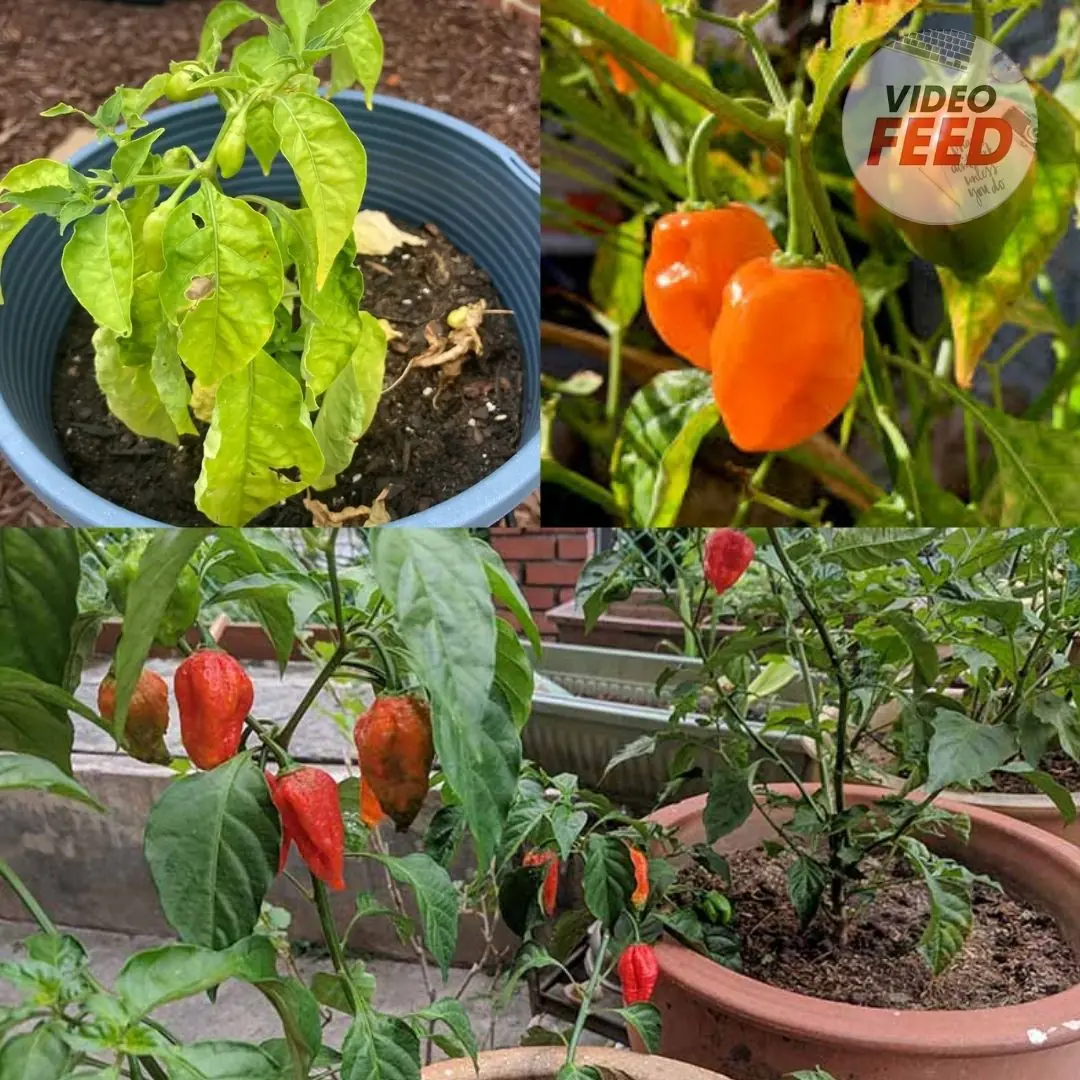
How to Grow Habanero Peppers in Pots

Grow These 5 Garden Beans This Summer
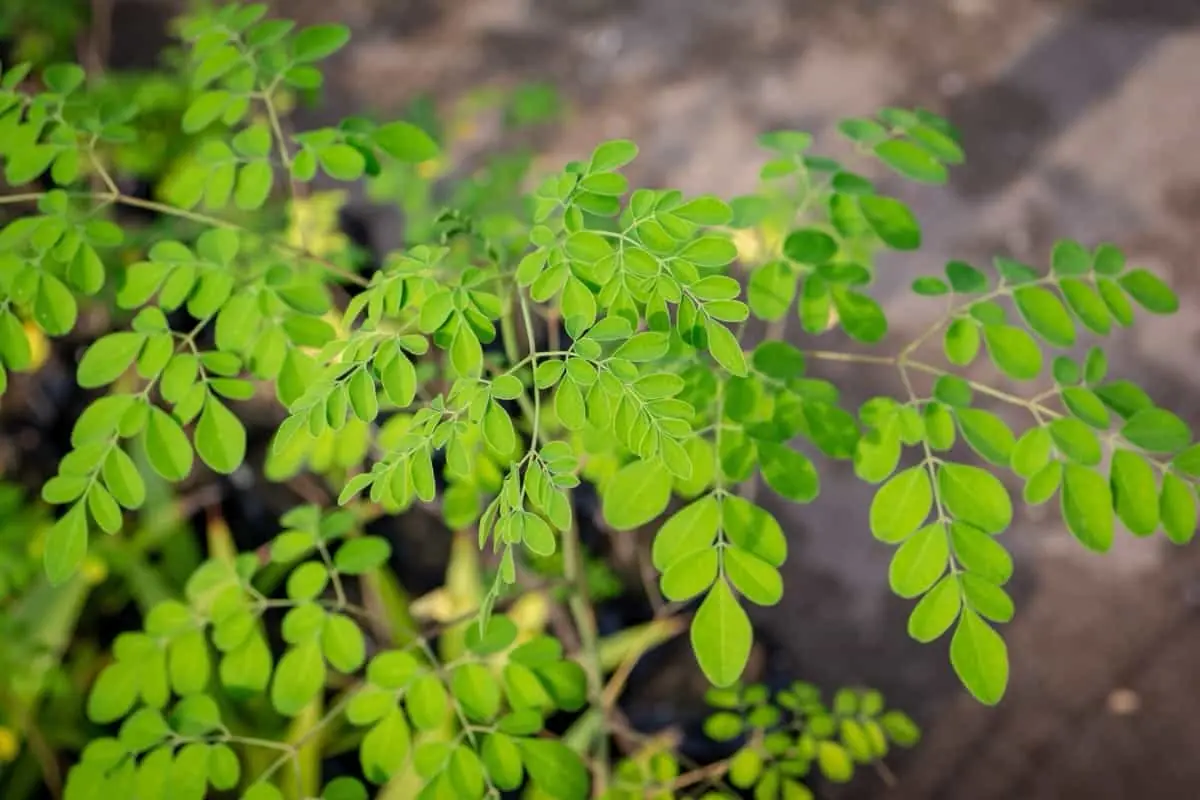
Why Asians Are Rushing to Grow This “Miracle Tree”: Heals Like Medicine, Sells Like Gold

How to Grow and Care for Dieffenbachia
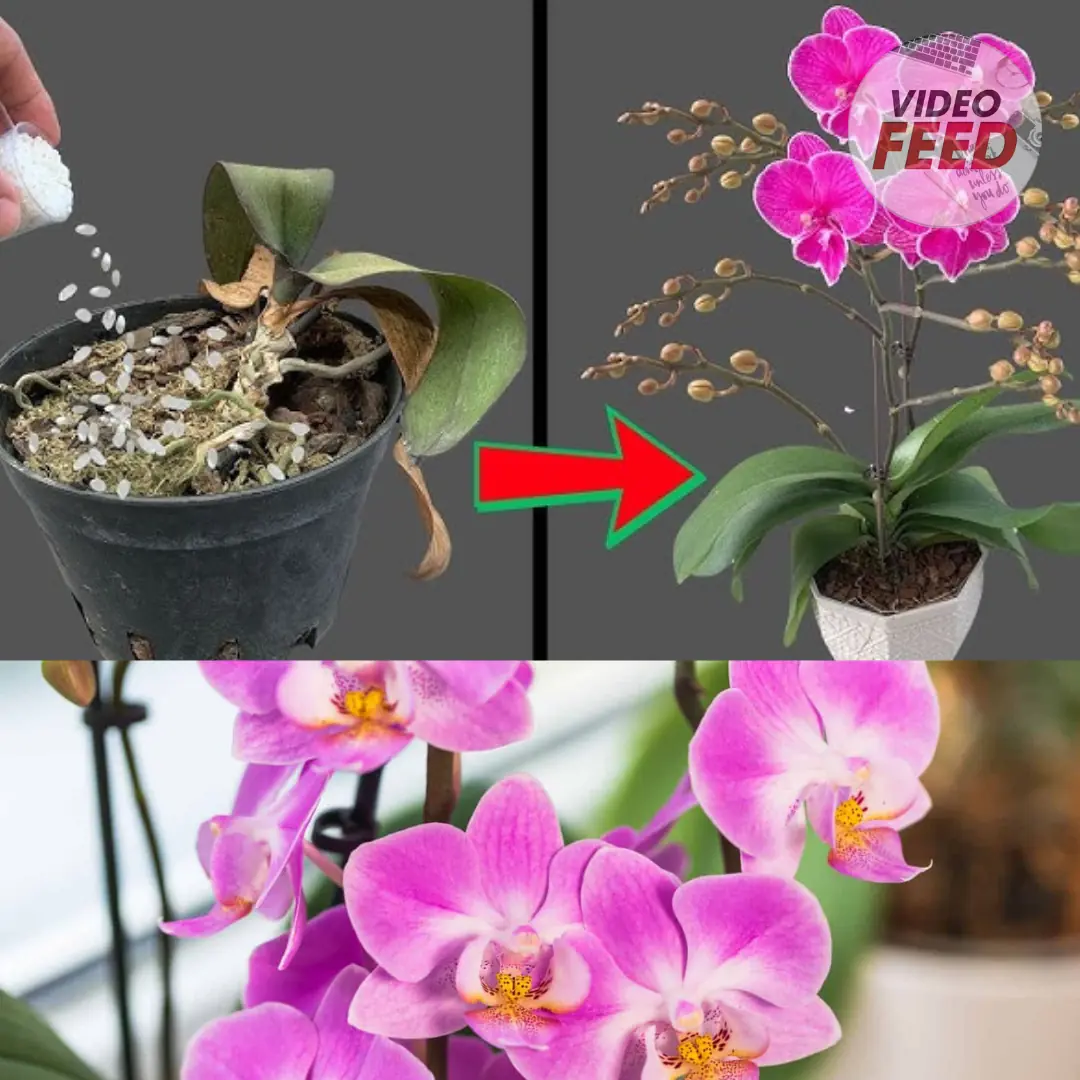
How to Grow and Care for Phalaenopsis Orchids Indoors
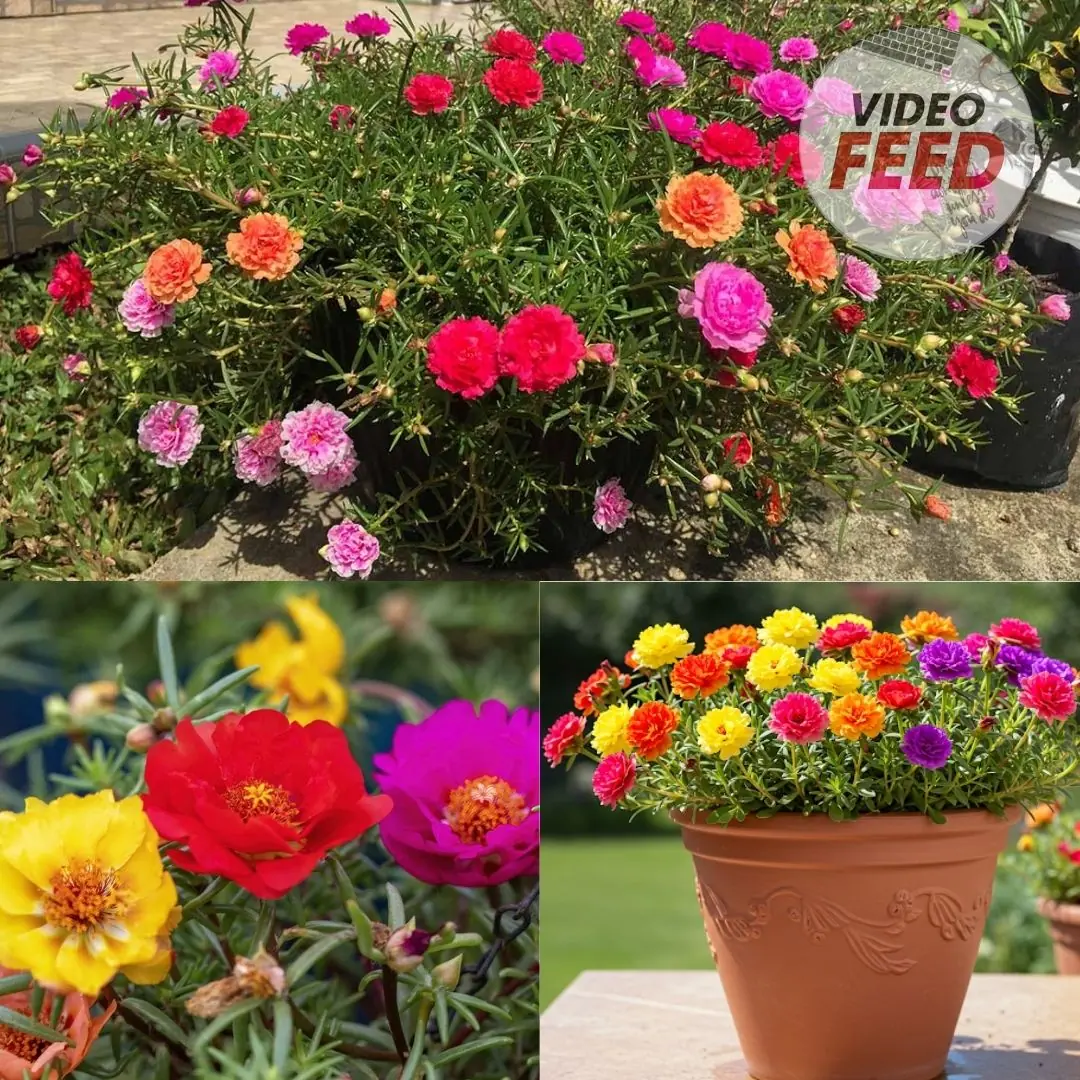
Portulaca in Pots: The Complete Guide to Growing Colorful & Drought-Tolerant Flowers Outdoors
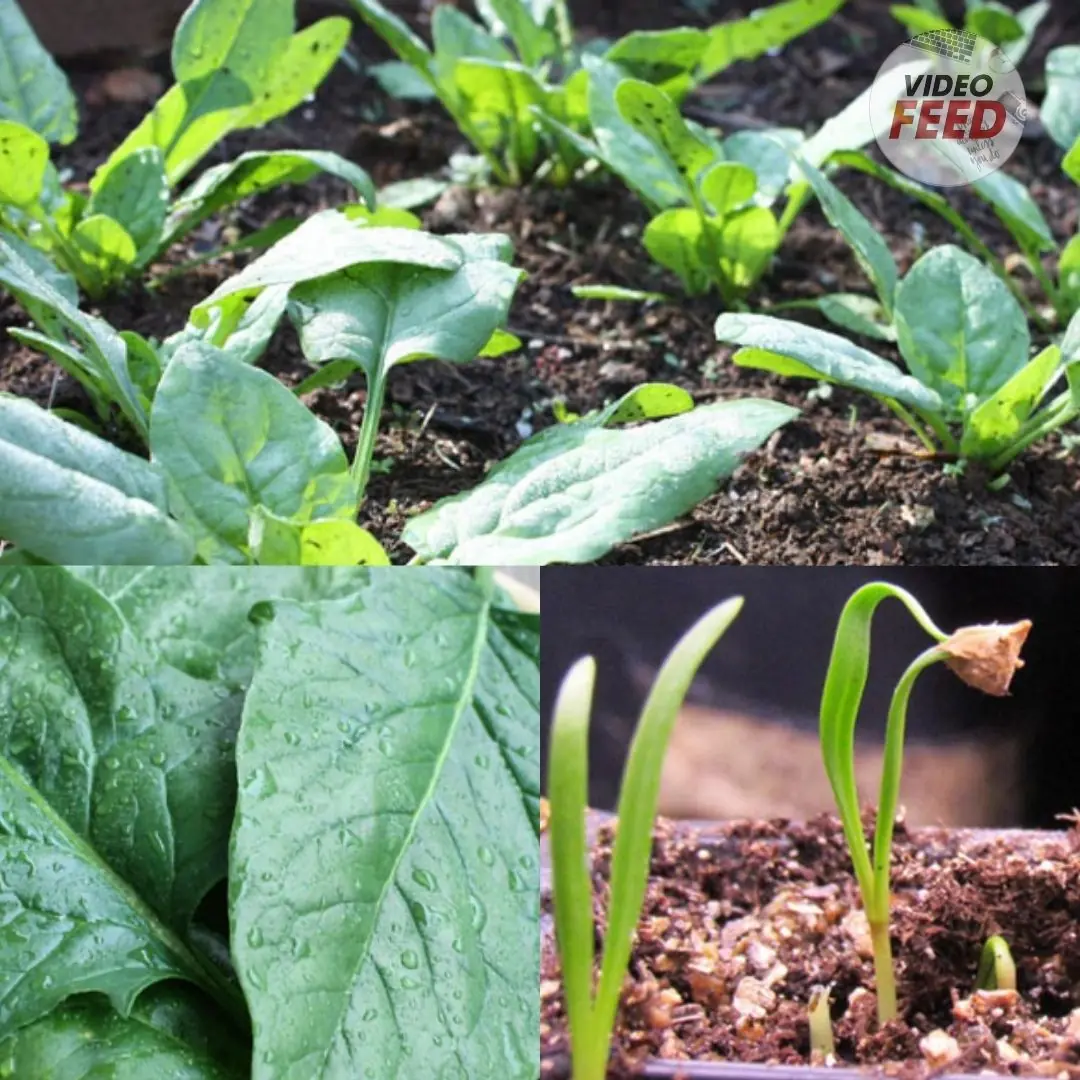
10 Tips for Growing Superb Spring Spinach
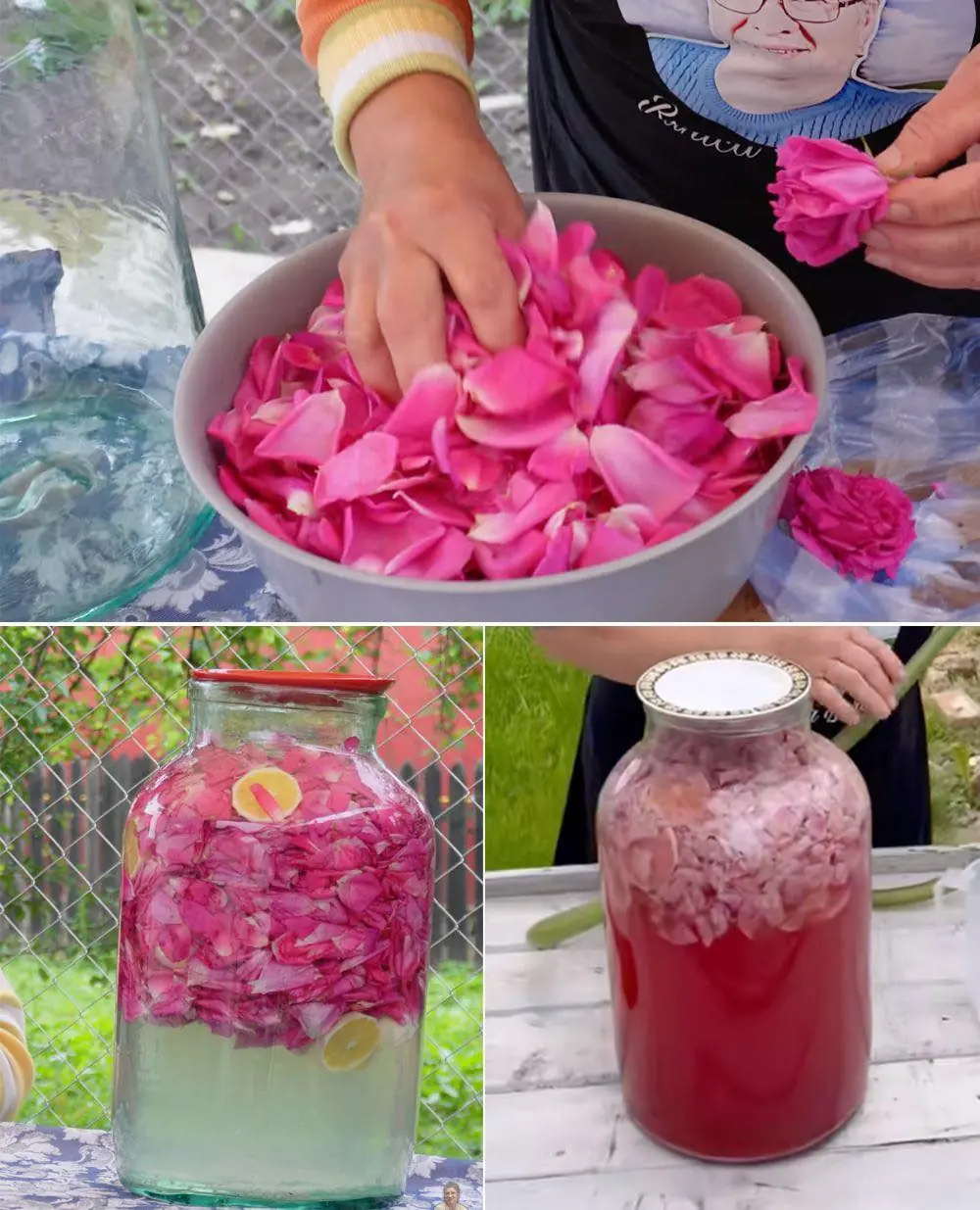
How to Make Rose Petal Lemonade – A Refreshing Homemade Drink
News Post
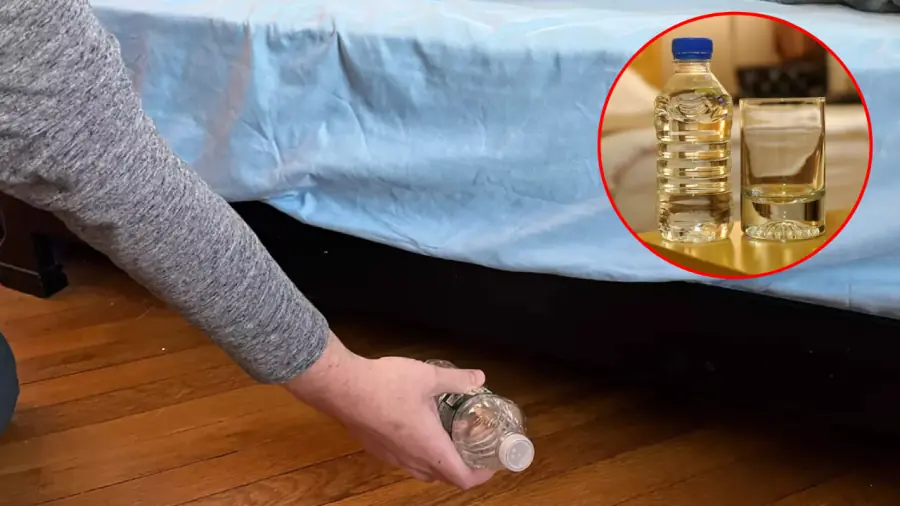
Always Throw a Water Bottle Under the Hotel Bed: A Flight Attendant Reveals Why

Drinking These 4 Common Beverages Could Be Harming Your Kid.neys

What a Daily Banana Could Mean for Your Blo.od Pressure?

When a Family Member Passes Away, Don’t Throw Away These 4 Important Things

Waking Up at Night to Urinate? Read This

A 14-Year-Old Girl Diagnosed with Colorectal Can.cer: Doctors Warn—It’s Better for Children to Skip Breakfast Than Eat These 4 Types

Every woman likes to be touched in these "3 places" on her body, especially the first place
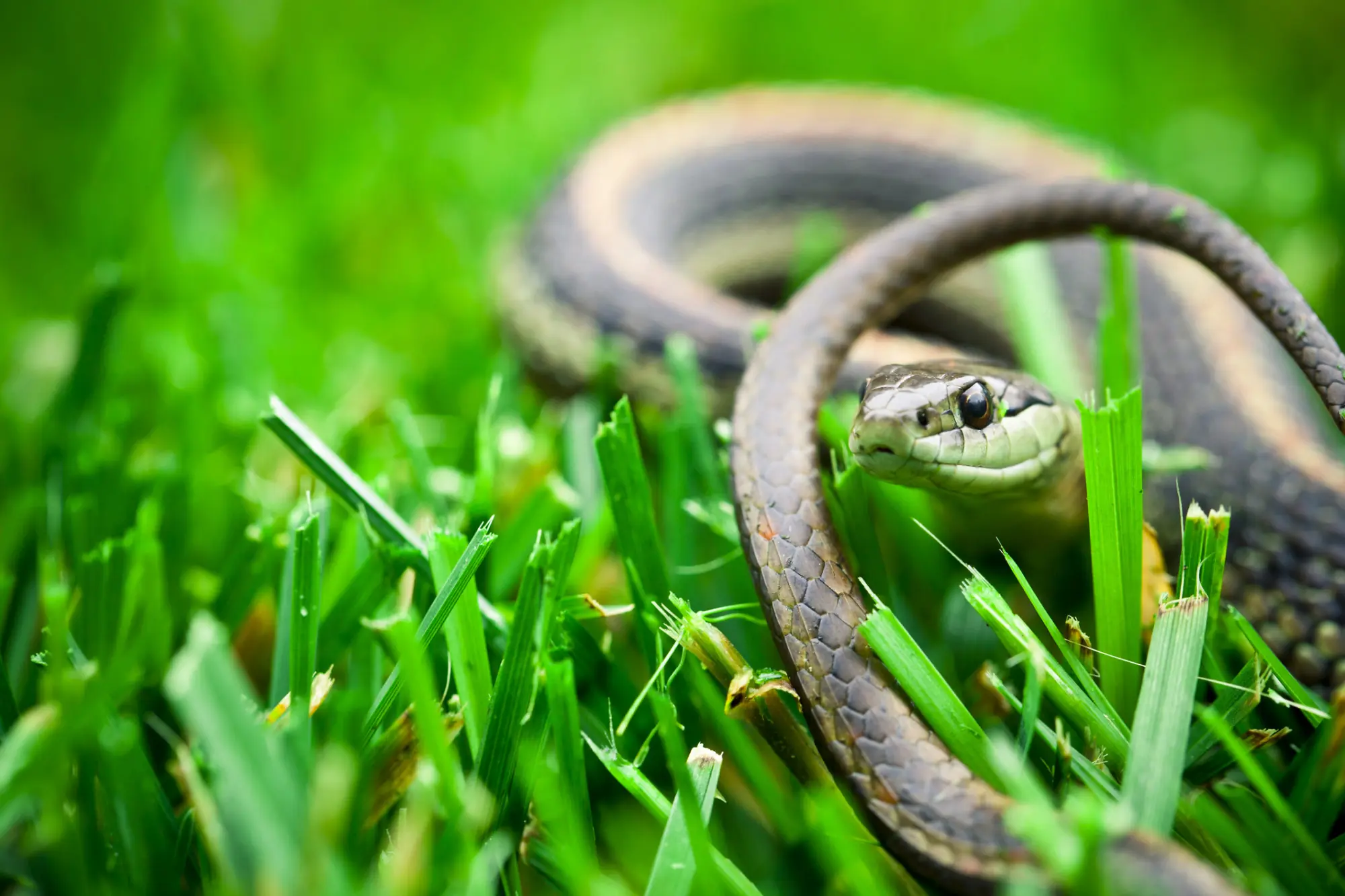
Plants That May Attract Snakes to Your Home: What You Should Know
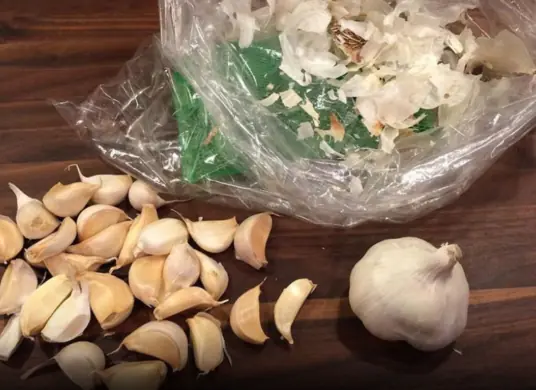
Garlic peels are not trash, don't rush to throw them away

Say Goodbye to Joint and Foot Pain with a Relaxing Rosemary Bath

If You See A Man With One Painted Fingernail, Here’s What It Means

Dog ticks bit 3 people in a family, 2 died: If you can't keep them clean, don't keep them, they're full of diseases

Don’t Ignore These 7 Early Heart Attack Warning Signs
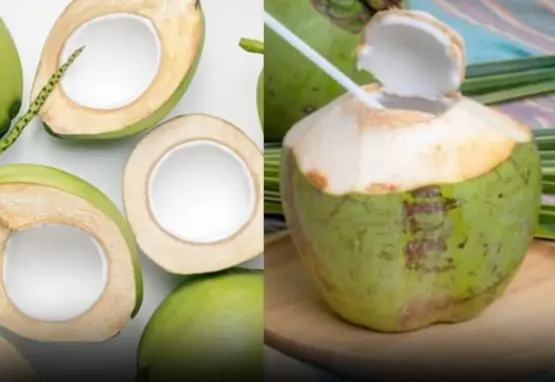
Drink coconut water on an empty stomach for 7 days, kill 10 birds with one stone: it's a waste not to try it

8 Natural Remedies for Sinus Infections That Work Without Antibiotics

This One Superfood Could Tackle Major Health Issues—Here’s What You Need To Know

If You’re Farting More Than 25 Times a Day—It Might Be a Sign Your Body is Trying to Warn You

Preventing Stroke At Any Age: 3 “Don’ts” After Meals—And 4 “Don’ts” Before Bed

Why You Might See Unusual White Bumps On Your Lips Or Genitals
